
Mastering numbers is both a challenge and an achievement. Handling numbers proficiently can lead to significant accomplishments. It is crucial to recognize the importance of numbers in our daily lives. Historically, our predecessors have developed excellent methods to manage numbers effectively. By learning these methods, we can significantly improve our daily lives.In the 17th century, John Von Neumann introduced a remarkable method known as the “Major System”. This system involves converting numbers into sounds and then into words, which makes it easier to remember them. The system became widely adopted and is still used by many experts around the world.
Sound-to-Number Conversion
Each digit from 0 to 9 is assigned a specific sound or consonant.
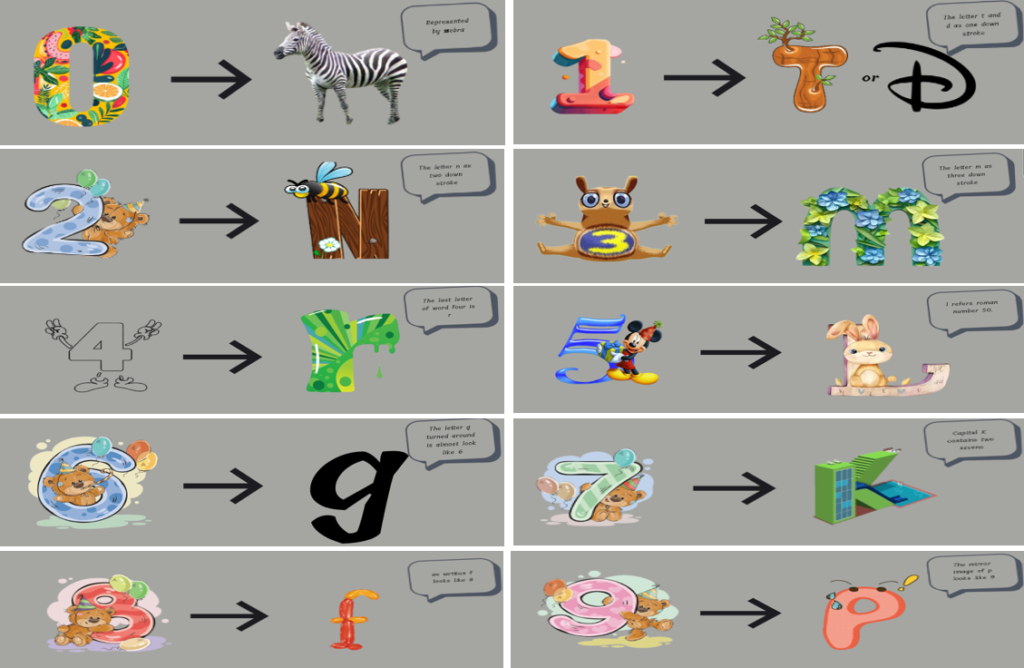
To remember numbers, these sounds are used to form words. For instance, the
number 32 can be converted to the sound “mn,” which
can be transformed into a word like “moon.”

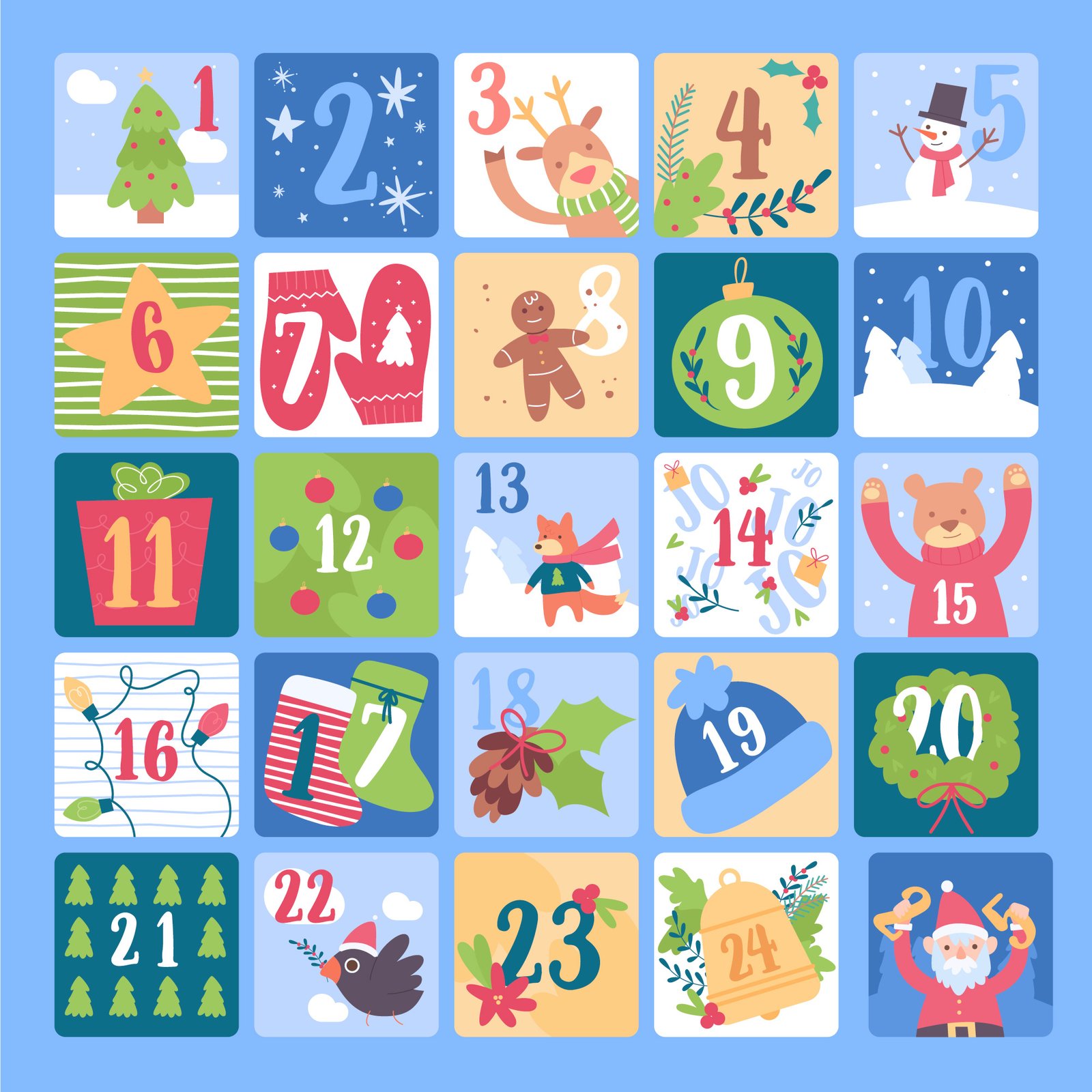
The Major System encourages the use of vivid imagery and imagination to associate numbers with memorable images or stories, making it easier to recall them. By mastering this system, you can enhance your numerical memory and cognitive abilities, leveraging these techniques to handle complex numerical tasks effortlessly.
To remember the number 569, you would convert it into the sounds l (5), j (6), and p (9). A possible word could be “lep” or a more memorable word might be “lip”
To enhance memory, you can create vivid images or stories linking these words or sounds. For instance, if you need to remember the number 275, you could use n (2), t (7), and l (5) to create a word like “nail”, which you can visualize in a memorable scenario. By practicing this method, numbers become easier to remember through the creation of visual and verbal associations. The connecting bridges only function as connectors. No numbers are assigned to the vowels. They do not function as sounds of the numbers.

If we want to remember the number 32, the letter we have chosen for the number three is ‘M’. Its sound is “M”. For the number two, we have chosen the letter ‘N’. Its sound is “N”. By combining these with the vowel ‘a’, we get the word “Man”. This should be remembered in our minds.
if we want to remember the number 98, the sound for the number nine is given as ‘R’. Along with it, the sound for the number eight is ‘L’. Combining these two sounds with the vowel ‘a’, we get the word “Rat”. Thus, when we think of 98, the image of a ‘rat’ or an object associated with it should come to our memory.
In the same way, all two- and three-digit numbers can be converted into images and animated memories, and recorded in our minds. By converting numbers into images and animated scenes, they can be easily embedded in our memory. This is an excellent and very essential learning method and format to handle numbers effectively. To help with the extensive use of this method, Tony Buzan (61) 32411) has provided word forms for numbers from zero to ninety-nine for our daily use, turning them into animated memory aids. To use these effectively, when thinking of a number, we should recall the image or picture associated with that number, establish strong connections, and bring numbers to life in our lives. We will become achievers.
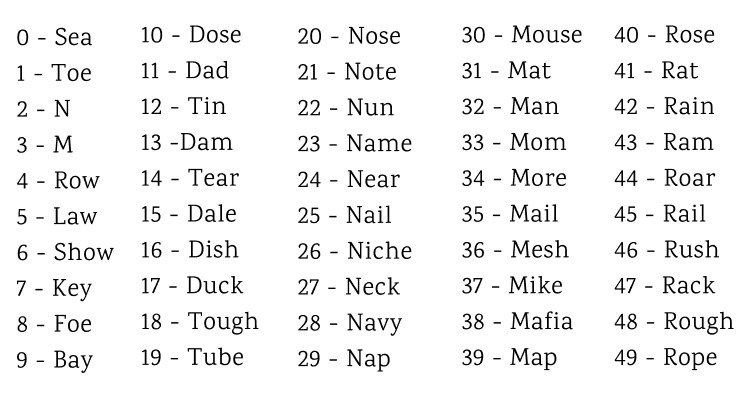
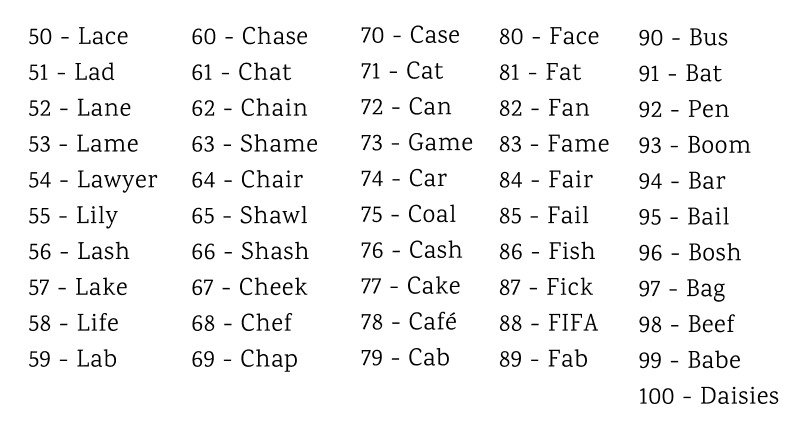
We should animate two-digit numbers by turning them into images and embedding them in our minds. There is no strict requirement to use the same words for these numbers; this is just an example! Creating appropriate images for the numbers according to our convenience and understanding will be very beneficial.
By carefully considering these two-digit numbers, we can create our own words for three-digit numbers. From this, we can easily design appropriate images for four-digit numbers. By transforming any number into an animated, lifelike figure and embedding it in our memory, we can use them effectively in our daily lives.
For the three-digit number 969, we can remember it as “Rat” by using our imagination.By embedding the word “Rat” as an image in our minds, we can easily remember the number 969.
Similarly, to remember a phone number like 969-944-82-86, we can break it down into smaller parts and create images or words for each part.

Then, we can weave these images into a story to make the entire sequence memorable: “A rat is crossing barriers (Moor) to catch fish under a fan.” This story-like method helps us retain the phone number in our memory. By applying this technique, we can remember essential numbers by turning them into stories, images, or scenes using our imagination and experiences. This approach ensures that the numbers remain embedded in our memory without being forgotten, significantly enhancing our memory capacity.
The fundamental principle is to assign a consonant sound to each digit from zero to nine and then link the sound with the number. Each number associated with a sound and then combined into words. This memory technique involves creating word forms for numbers and turning them into images or stories to embed them in our minds. By converting numbers into meaningful words, the memory capacity is significantly enhanced. The unique advantage of this method is that even if we forget a number, we can easily and quickly retrieve it from the associated story or words. Similarly, if we forget a word, arranging the corresponding numbers in sequence and fitting the appropriate vowels can help recall the forgotten word. Thus, this method is highly effective in both directions.
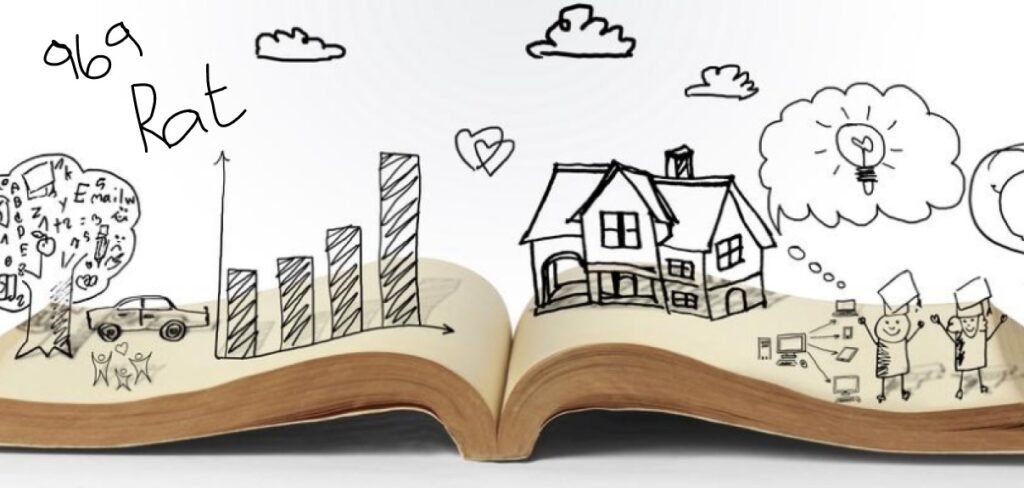
This memory technique involves creating word forms for numbers and turning them into images or stories to embed them in our minds. By converting numbers into meaningful words, the memory capacity is significantly enhanced. The unique advantage of this method is that even if we forget a number, we can easily and quickly retrieve it from the associated story or words. Similarly, if we forget a word, arranging the corresponding numbers in sequence and fitting the appropriate vowels can help recall the forgotten word. Thus, this method is highly effective in both directions.
To remember numbers effectively, we should use this numbering method in related activities. By frequently using this method, it will become a part of our memory system. This will speed up and simplify the process. Numbers encountered in daily life should be turned into images or scenes and embedded in our memory. Only then will numbers gain vitality and become a powerful tool in our intelligence.
The consistent conversion method involves combining seemingly meaningless numbers and information into meaningful forms and embedding them in memory. For example, the number 25121972 can be broken down into 25.12.1972, and remembered as the 25th day of December in the year 1972. Combining small, meaningless numbers and bringing them to life as pieces of knowledge is part of this method. Instead of memorizing eight individual digits, it’s much easier to remember a meaningful date, month, and year. Combining small, meaningless numbers and bringing them to life as pieces of knowledge is part of this method. Instead of memorizing eight individual digits, it’s much easier to remember a meaningful date, month, and year. Since small numbers are meaningful, they get embedded in memory more easily and quickly.

People differ in how they interpret and remember information. One person may remember the number 25 as their birthday, while another might remember it as their house number. Therefore, this method relies on individual associations to be effective.
Personal skills and experiences deeply impact how numbers are remembered, making them more profound and quicker to recall. The method was introduced to the world by the eminent George Miller.

For many, mathematics can be intimidating or even frightening. Some people find math very difficult, while others have developed a dislike for it. Statements like “I don’t like math,” “I can’t handle math,” or “Math is frustrating for me” reflect this aversion. However, some individuals find math enjoyable and excel in it. What makes this difference possible? What sets these individuals apart from others? Upon closer examination, the main differences often lie in mental attitudes and perceptions about numbers.
The first step is to overcome the fear of math. When the thought of mathematics evokes fear, it’s an unnecessary fear. This fear originates and takes root in our minds without any real basis or substance. It is simply a misconception and has no factual foundation. By addressing and changing our mental attitudes towards math, we can shift our perception and improve our experience with it.
The foundation of the fear of math is simply a mistaken belief in our minds. This unnecessary fear can be easily overcome through practice. By eliminating this fear and the erroneous belief that “math is not for me” or “I can’t handle math,” we can approach math with a clear mind.


To learn math effectively, we need:
As you achieve small successes, your confidence will grow, leading to a firm belief that you can master math. An open and enthusiastic attitude will reinforce this confidence.
The first step in solving any math problem is to thoroughly understand it. To achieve success, you must start by comprehending the question being asked. Only when you understand the question can you find its answer. Understanding the given problem or the section you need to learn is fundamental.
Mathematics involves the application of various formulas and equations. It is crucial not only to understand these formulas but also to learn how to use them correctly in the appropriate context. Knowing how to apply these formulas effectively is key to mastering math.
Pay attention to the methods or procedures used in the problem. Ask yourself what method is being used and why it is applied. Understanding the rationale behind the method enhances your overall cognitive development in math.
Writing out solutions step by step is essential. Practice problems incrementally, writing down each step, as this helps in deeply embedding mathematical concepts in your mind. Repeated practice through writing is critical for mastering math, as it cannot be learned through rote memorization alone.
By following these approaches, you will develop a strong foundation in mathematics and be well-equipped to handle various problems successfully.

In mathematics, practicing regularly is one of the best ways to excel. If you solve and write out one problem each day, you can achieve success in mathematics with ease. Spending around fifteen to twenty minutes on a problem is usually sufficient. By doing this systematically, in sequence, and consistently, learning mathematics becomes easier. By following this method daily, you can learn thirty major problems in a month and over two hundred problems in an academic year. After a year of dedicated practice, you could become proficient enough to teach mathematics to others. To learn mathematics effectively, write out problems daily—just one problem each day can make a significant difference.
one can excel in mathematics. This principle applies not only to mathematics but also to life in general.
It’s possible to reach a certain level of success with minimal effort, but achieving a high level requires diligent hard work. To reach even higher levels of success, discipline becomes essential. When hard work and discipline are combined, anyone can attain a very high level of achievement. With
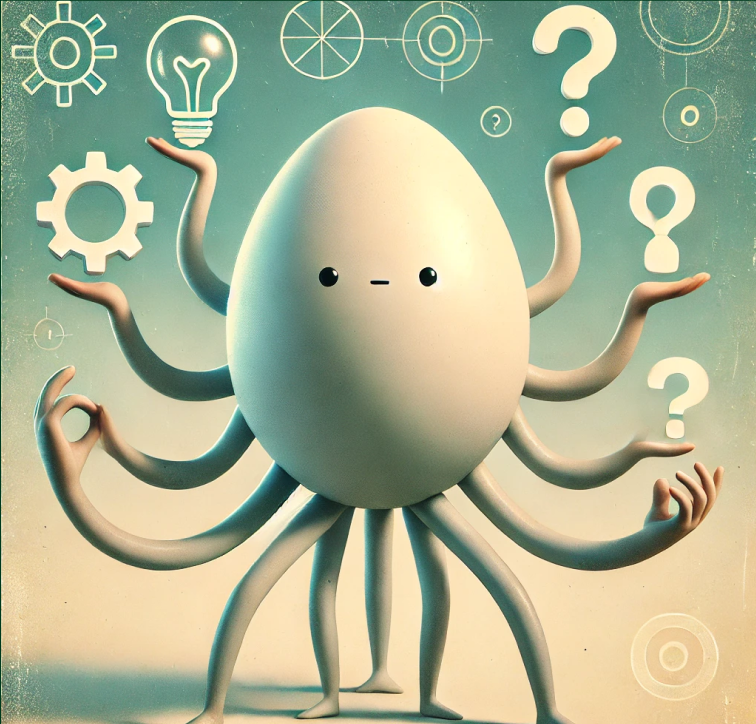
1.EGG
o One head
o Two hands
o Three legs
o Four feet

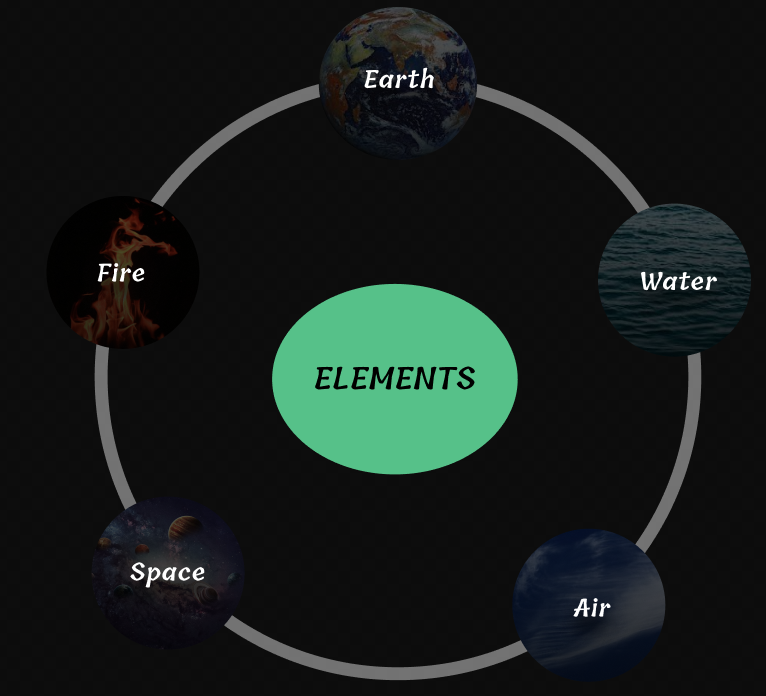







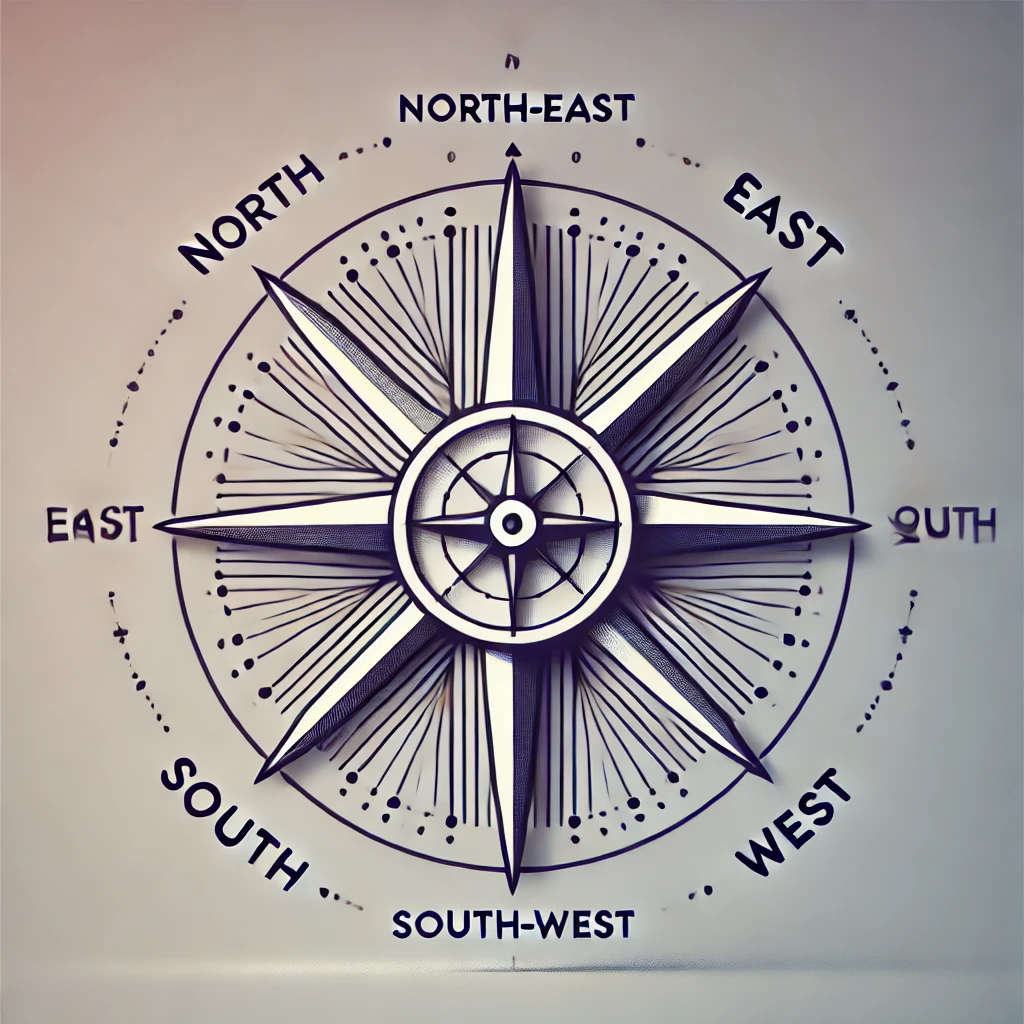

o Mercury
o Venus
o Earth
o Mars
o Jupiter
o Saturn
o Uranus
o Neptune
o Pluto
These fundamental elements serve as tools for advanced reasoning and problem-solving. By using these elements, combining imagination, and employing effective memorization techniques, handling numbers and complex problems can become second nature. When we leverage these tools, mathematical skills and advanced reasoning become intuitive and ingrained in our abilities.
Interested to buy a physical copy click on Read the full book and fill the information our team will reach you.